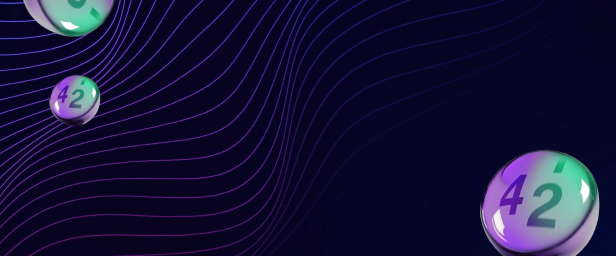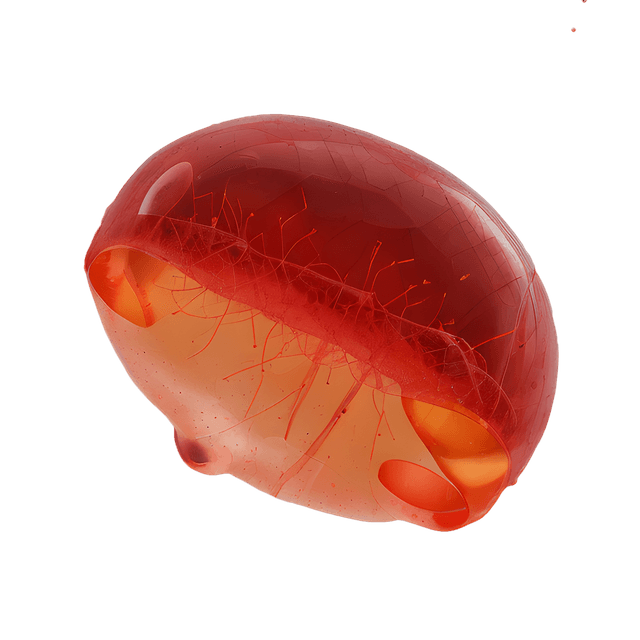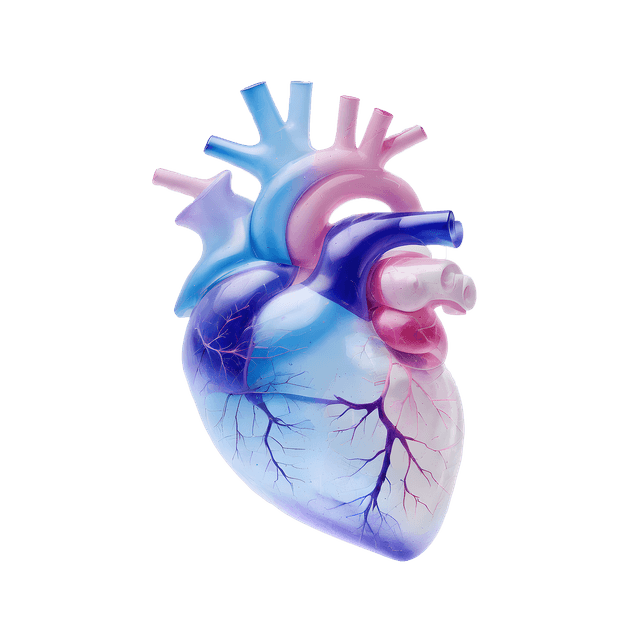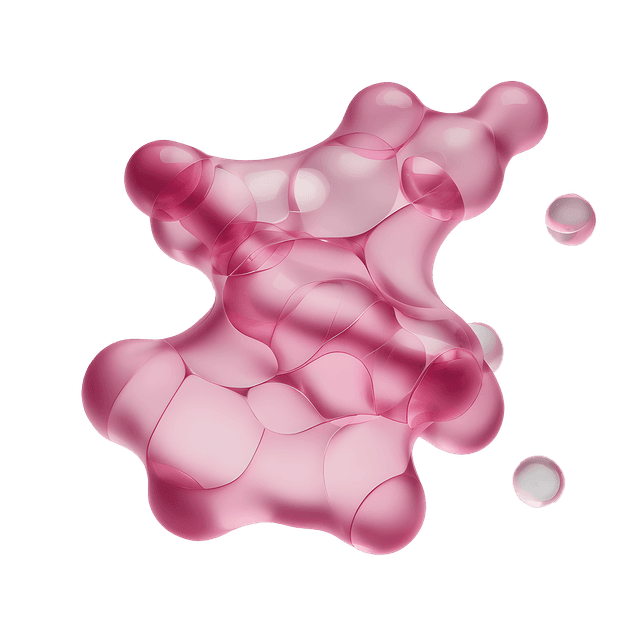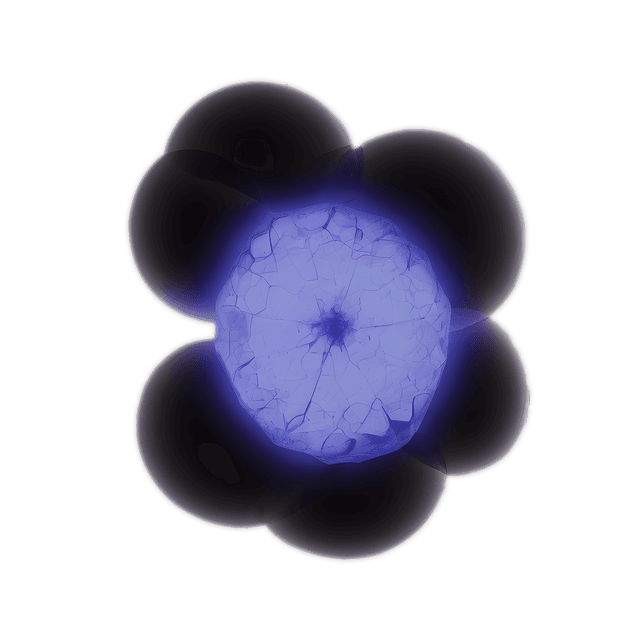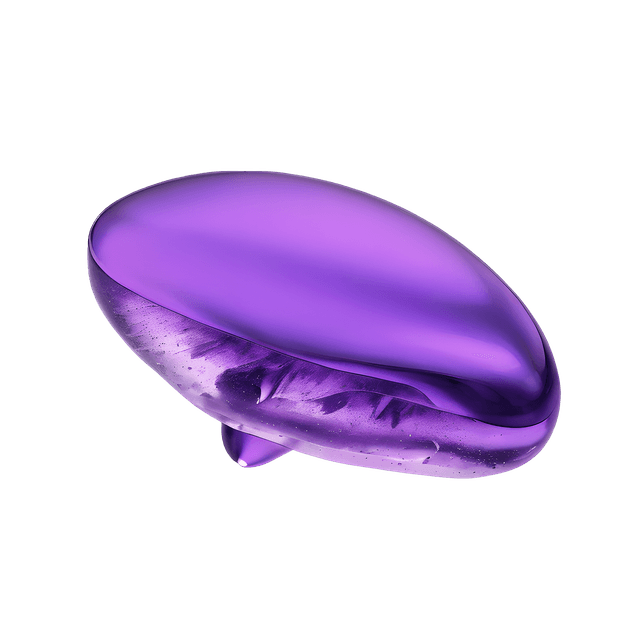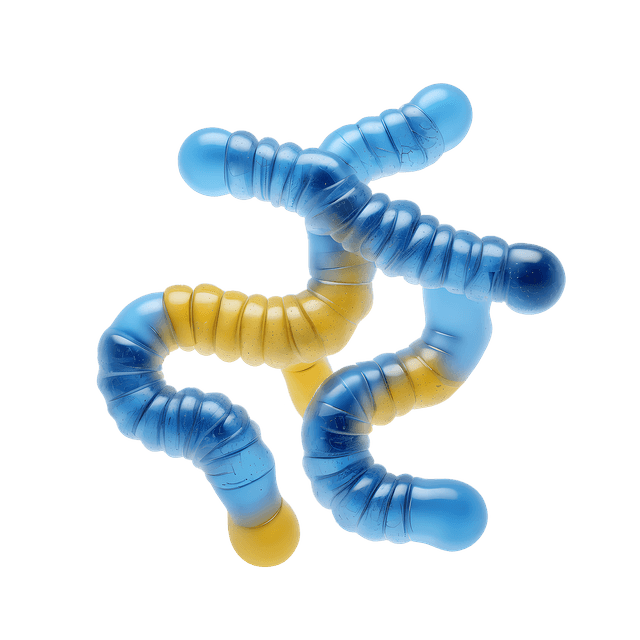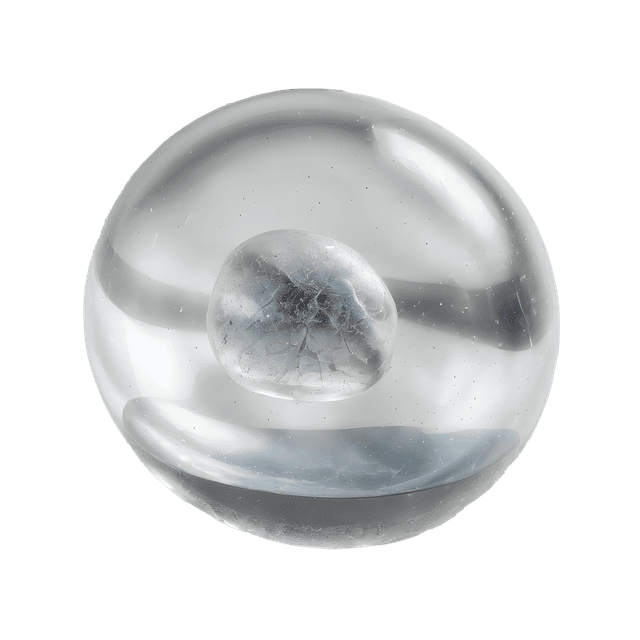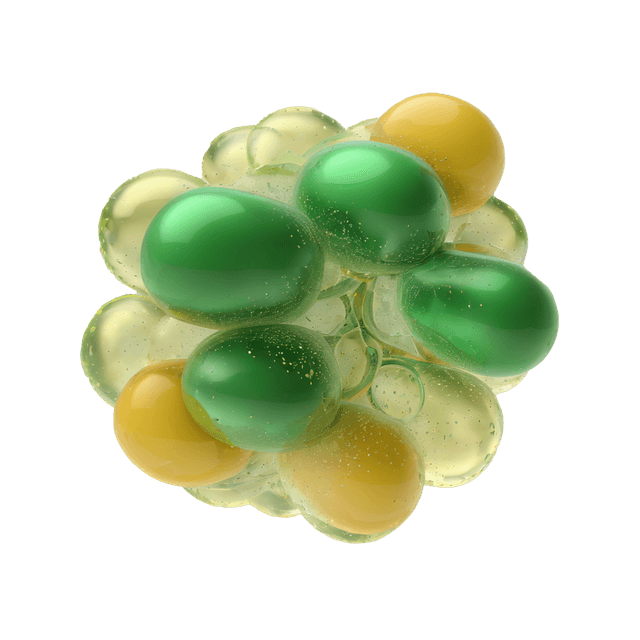Quick version
Distinguishing between panic attacks and atrial fibrillation is not always easy – but it is crucial. Whether the cause is in the heart or the brain, it is not something you should ignore.
Atrial fibrillation often causes an irregular heartbeat and can last for hours or longer, while panic attacks usually have a regular heartbeat and subside within 30 minutes. Panic attacks are also strongly linked to feelings of fear or unreality – something that is not always present with atrial fibrillation.
If you are unsure, seek medical attention. A simple ECG examination can clear up many questions and help you get the right treatment.
Atrial fibrillation, or AFib, is one of the most common types of heart rhythm disorders and means that the upper chambers of the heart, the atria, beat irregularly and often too fast. This irregular rhythm disrupts the normal blood flow to the lower chambers of the heart, which can lead to both physical symptoms and an increased risk of complications such as blood clots and stroke. For many, atrial fibrillation is experienced as a diffuse discomfort, while others notice clear symptoms such as:
- Heart palpitations (fast, irregular pulse)
- Chest pain or pressure
- Dizziness or feeling faint
- Fatigue
- Shortness of breath
- Exercise intolerance
- Low blood pressure
It is entirely possible and relatively common to have atrial fibrillation without experiencing any symptoms at all – it can be discovered by chance during an ECG examination. However, for some, the symptoms arouse strong anxiety, which in itself can trigger a panic attack and the difference between these conditions can be very similar.
What is a panic attack?
A panic attack is an intense episode of sudden fear or anxiety that often occurs without a clear trigger. It is a reaction from the emotional center of the brain, not a heart problem. However, the symptoms can be just as physically noticeable:
- Heart palpitations
- Trouble breathing or a feeling of suffocation
- Sweating and trembling
- Nausea
- Chest pain or pressure
- Pincerations or numbness
- Feeling of losing control or being disconnected from reality
The similarities between atrial fibrillation and panic attacks are confusing
Since panic attacks can also cause heart palpitations and chest pain, it is easy to mistake something wrong with the heart – or, conversely, to misinterpret atrial fibrillation as anxiety.
The differences in brief
| Symptoms | Atrial fibrillation | Panic attack |
|---|---|---|
| Heart palpitations | Irregular, often fast | Fast but often regular |
| Chest pain | Common, pressure feeling | Common, but more stabbing |
| Shortness of breath | Yes | Yes |
| Fear/Anxiety | Not always | Almost always |
| Dizziness | Yes | Yes |
| Triggers | Often physical strain or illness | Often stress, trauma, anxiety |
| Duration | Can last for hours or days | Often 5–30 minutes |
| Response to deep breathing | Unchanged | Usually improves |
Can one trigger the other?
There is no clear evidence that atrial fibrillation directly causes panic attacks – but frightening symptoms can of course lead to anxiety. Similarly, prolonged anxiety can affect the heart's nerve signals and possibly increase the risk of arrhythmias.
How do I know if I have atrial fibrillation?
The only way to confirm atrial fibrillation is to undergo a heart examination, mainly an ECG. If you suspect you should always seek medical attention – especially if you:
- Have recurrent heart palpitations without a clear cause
- Have shortness of breath or chest pain
- Fainting or feeling close to fainting
Treatment – different approaches for different conditions
Atrial fibrillation
- Diagnosis: ECG, sometimes long-term recording (Holter ECG)
- Treatment:
- Medications (beta blockers, antiarrhythmics)
- Lifestyle changes (reduced alcohol intake, weight control, smoking cessation)
- Interventions: cardioversion, ablation, pacemaker
Panic attacks
- Diagnosis: Determined via psychiatric assessment according to DSM-5
- Treatment:
- Cognitive behavioral therapy (CBT)
- Anti-anxiety and antidepressant medications
- Stress management, breathing exercises and relaxation techniques

